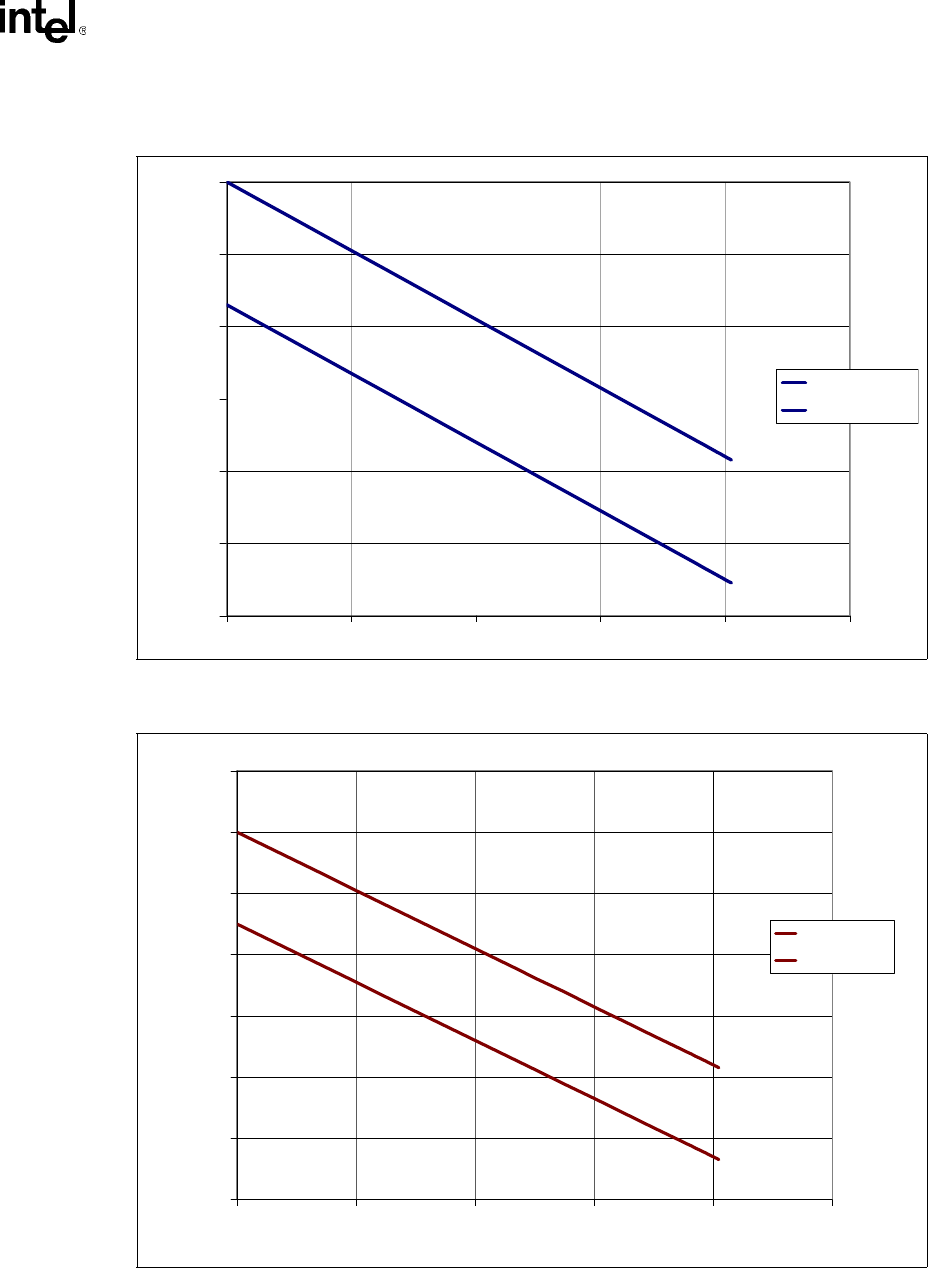VRM 9.1 DC-DC Converter Design Guidelines
Table Of Contents
- 1 Electrical Specifications
- 1.1 Output Requirements
- 1.1.1 Voltage and Current - REQUIRED
- 1.1.2 Maximum Ratings - EXPECTED
- 1.1.3 Output Voltage Tolerance - REQUIRED
- 1.1.4 No-Load Operation - REQUIRED
- 1.1.5 Turn-on Response Time - EXPECTED
- 1.1.6 Overshoot and Undershoot at Turn-On or Turn-Off - REQUIRED
- 1.1.7 Converter Stability - REQUIRED
- 1.1.8 Current Sharing - REQUIRED
- 1.2 Input Voltage and Current
- 1.3 Control Inputs - REQUIRED
- 1.4 Remote Sense (VO-sen+, VO-sen-) - EXPECTED
- 1.5 Power Good Output (PWRGD) - REQUIRED
- 1.6 VRM Present (VRM-pres) - EXPECTED
- 1.7 Efficiency - PROPOSED
- 1.8 Isolation - PROPOSED
- 1.9 Fault Protection
- 1.1 Output Requirements
- 2 Module Layout Guidelines
- 3 Environmental Conditions
- 3.1 Operating Temperature - PROPOSED
- 3.2 VRM Board Temperature - REQUIRED
- 3.3 Non-Operating Temperature - PROPOSED
- 3.4 Humidity - PROPOSED
- 3.5 Altitude - PROPOSED
- 3.6 Electrostatic Discharge - PROPOSED
- 3.7 Shock and Vibration - PROPOSED
- 3.8 Electromagnetic Compatibility - PROPOSED
- 3.9 Reliability - PROPOSED
- 3.10 Safety - PROPOSED

VRM 9.1 DC-DC Converter Design Guidelines 9
Electrical Specifications
Figure 1-1. VRM 9.1 Regulation Requirement for Intel
®
Xeon™ Processor (VID = 1.7 V)
Figure 1-2. VRM 9.1 Regulation Requirement for Intel
®
Xeon™ Processor with
512 KByte L2 Cache (VID = 1.5 V)
1.58 V
1.60 V
1.62 V
1.64 V
1.66 V
1.68 V
1.70 V
0 A 20 A 40 A 60 A 80 A 100 A
VvrmMAX
VvrmMIN
1.38 V
1.40 V
1.42 V
1.44 V
1.46 V
1.48 V
1.50 V
1.52 V
0 A 20 A 40 A 60 A 80 A 100 A
VvrmMAX
VvrmMIN










